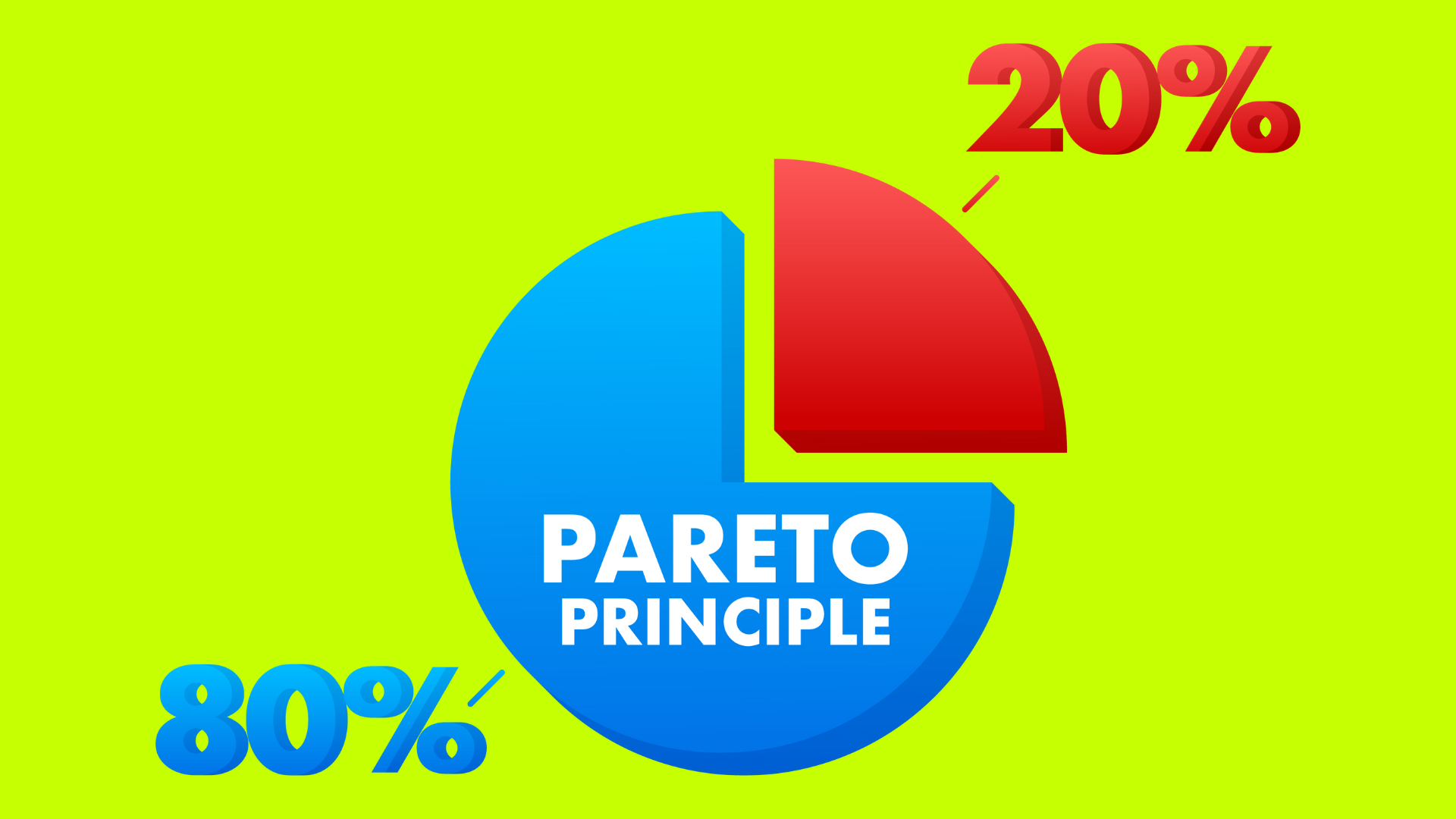Time management can often feel like a daunting task, especially when distractions are just a click away. Whether it’s social media, emails, or the urge to check your phone, staying focused can be a challenge. Enter the Pomodoro Technique—a simple yet powerful time management method that can help you take control of your day, one Pomodoro at a time. In this guide, we’ll dive deep into the Pomodoro Technique, exploring how it works, its benefits, and tips to make it work for you.
Table of Contents
What is the Pomodoro Technique?
The Pomodoro Technique is a time management method developed by Francesco Cirillo in the late 1980s. Named after the tomato-shaped kitchen timer Cirillo used during his university days, “Pomodoro” means “tomato” in Italian. The technique revolves around breaking work into 25-minute intervals, known as “Pomodoros,” followed by short breaks. The goal is to maximize focus and minimize distractions, creating a structured workflow that improves productivity and reduces burnout.

How the Pomodoro Technique Works
The Pomodoro Technique is straightforward, but its simplicity is what makes it effective. Here’s a step-by-step guide on how to use it:
- Choose a Task: Start by selecting a specific task you want to accomplish. It could be writing, studying, coding, or even household chores. The key is to focus on one task at a time.
- Set a Timer for 25 Minutes: Once you have your task, set a timer for 25 minutes. This period is called a Pomodoro. During this time, commit to working on the task without any interruptions.
- Work Until the Timer Rings: Dedicate the full 25 minutes to your task. If you think of something else you need to do, jot it down and continue focusing on your task.
- Take a Short Break: After the timer rings, take a 5-minute break. Use this time to stretch, grab a snack, or do something relaxing. This break is crucial as it allows your brain to reset.
- Repeat the Cycle: After completing four Pomodoros, take a longer break of 15-30 minutes. This extended break helps to recharge your mind before diving into another cycle of Pomodoros.

The Science Behind the Pomodoro Technique
The effectiveness of the Pomodoro Technique lies in its ability to harness the brain’s natural focus rhythms. Research shows that the human brain works best in short bursts, with focused attention spans lasting around 20-30 minutes. By working in 25-minute blocks, the Pomodoro Technique aligns perfectly with this natural rhythm, making it easier to maintain concentration and productivity.
Moreover, frequent breaks help prevent decision fatigue and burnout. They provide the brain with the necessary downtime to process information, solidify learning, and stay energized. This balance between focused work and rest is essential for maintaining long-term productivity and mental well-being.

Benefits of the Pomodoro Technique
The Pomodoro Technique offers numerous benefits that can transform the way you approach work and manage time. Here are some of the key advantages:
1. Enhanced Focus and Concentration
By dedicating specific time blocks to tasks, the Pomodoro Technique minimizes distractions and enhances concentration. Knowing that you only need to focus for 25 minutes at a time makes it easier to resist the temptation of multitasking or getting sidetracked.
2. Improved Time Management
The technique helps you become more aware of how you spend your time. Each Pomodoro acts as a unit of measure for your productivity, allowing you to estimate the amount of effort required for tasks. This makes planning and scheduling your day more efficient.
3. Reduced Procrastination
The Pomodoro Technique breaks tasks into manageable chunks, making them less intimidating and easier to start. The 25-minute intervals create a sense of urgency, which can motivate you to tackle even the most daunting projects.
4. Increased Motivation and Accountability
Completing a Pomodoro gives you a sense of accomplishment, which can boost motivation and keep you engaged. Tracking your progress through Pomodoros also provides a visual representation of your productivity, which can be highly motivating.
5. Better Work-Life Balance
Frequent breaks prevent burnout and help maintain a healthy work-life balance. The Pomodoro Technique encourages regular rest, ensuring that you’re not overworking yourself and that you have time for relaxation and self-care.

Tips for Mastering the Pomodoro Technique
While the Pomodoro Technique is simple, making it work for you may require some adjustments. Here are some tips to help you get the most out of your Pomodoros:
1. Customize Your Pomodoros
The standard Pomodoro is 25 minutes, but you can adjust the length based on your needs and the nature of your tasks. For some people, longer intervals like 45 minutes may be more effective, while others may prefer shorter bursts.
2. Use Tools and Apps
While a basic kitchen timer can suffice, there are many apps designed specifically for the Pomodoro Technique. Tools like Focus Booster, Pomodone, and TomatoTimer offer features like task tracking, analytics, and even integrations with project management software.
3. Stay Flexible
Life happens, and sometimes sticking rigidly to the Pomodoro schedule isn’t practical. If you’re on a roll with your work, it’s okay to extend a Pomodoro slightly. Just make sure not to skip your breaks entirely, as they’re crucial for maintaining your productivity.
4. Eliminate Distractions
To make the most of each Pomodoro, it’s essential to create a distraction-free environment. Turn off notifications, close unnecessary tabs, and set boundaries with others to minimize interruptions.
5. Plan Your Tasks in Advance
Before starting your Pomodoros, take a few minutes to outline your tasks for the day. Prioritize them based on importance and deadlines, and estimate how many Pomodoros each task will take. This will give you a clear roadmap for the day and help you stay on track.
Common Challenges and How to Overcome Them
Even with its simplicity, some challenges may arise when using the Pomodoro Technique. Here’s how to tackle common obstacles:
1. Interruptions and Distractions
Interruptions are inevitable, but planning can help minimize them. Communicate your working times with those around you and consider using a “Do Not Disturb” sign or status. If an interruption occurs, note it down and return to it after your Pomodoro.
2. Task Overestimation
It’s easy to underestimate how long a task will take. If you find that a task requires more Pomodoros than planned, don’t get discouraged. Use this as a learning opportunity to better estimate time requirements in the future.
3. Fatigue from Long Sessions
If you’re finding it hard to sustain energy through multiple Pomodoros, consider adjusting the length of your sessions or taking longer breaks. Ensuring you’re well-rested and hydrated can also make a significant difference.
Who Can Benefit from the Pomodoro Technique?
The Pomodoro Technique is versatile and can be adapted to suit various roles and tasks. Here’s who can benefit most from this time management method:
- Students: It’s great for studying, as it breaks down reading, assignments, and revision into manageable chunks, helping students stay focused and reduce exam stress.
- Professionals: For those in the workforce, the Pomodoro Technique can help manage heavy workloads, keep projects on track, and maintain productivity in a busy office environment.
- Freelancers and Remote Workers: It offers a structured approach to managing time and tasks, which is especially beneficial for those who set their schedules and work from home.
- Creative Professionals: Writers, designers, and other creatives can use the technique to stay focused during brainstorming and creation phases, avoiding the common pitfalls of creative blocks.
Conclusion
The Pomodoro Technique is a powerful tool for anyone looking to improve their time management, focus, and productivity. Breaking work into manageable intervals encourages sustained concentration while also promoting regular breaks to recharge. Whether you’re a student, professional, freelancer, or simply someone looking to make better use of your time, the Pomodoro Technique can help you achieve your goals with less stress and more efficiency.
Give it a try today—set your timer, dive into your task, and let the Pomodoro Technique transform the way you work!
FAQ
1. What is the best Pomodoro study time?
The standard Pomodoro time is 25 minutes, but the best time varies by individual. Some may find 20-30 minutes optimal, while others prefer longer intervals like 45 minutes, depending on focus and task difficulty.
2. What is the maximum time for Pomodoro?
Typically, Pomodoros are 25 minutes, but you can extend them up to 60 minutes if needed. However, it’s crucial to include breaks to maintain productivity and prevent burnout.
3. What is the longer version of Pomodoro?
The longer version of Pomodoro is often referred to as the “Flowtime” technique, where the work period is flexible and can extend as long as you’re in a state of flow, with breaks taken when focus naturally wanes.
4. Can a Pomodoro be 40 minutes?
Yes, a Pomodoro can be adjusted to 40 minutes if it suits your concentration span better. The key is to maintain regular breaks, such as a 5-10 minute rest after each 40-minute session.
5. How many Pomodoros in 4 hours?
In 4 hours, you can typically complete 6-8 Pomodoros, including breaks. A standard cycle includes 25 minutes of work and a 5-minute break, with a longer break after every four Pomodoros.
6. What is the 52 17 rule?
The 52:17 rule suggests working for 52 minutes followed by a 17-minute break. This approach is based on studies that found this timing maximizes productivity and maintains mental stamina over long periods.
7. What is the 52:17 rule vs. Pomodoro?
The 52 17 rule involves longer work sessions and breaks compared to the Pomodoro Technique. While Pomodoro uses shorter, more frequent work and rest intervals, the 52-17 rule may better suit those who can focus intensely for longer periods.
8. How to study 12 hours with Pomodoro?
To study for 12 hours using Pomodoro, break your day into several cycles of Pomodoros (25-minute work sessions) with short breaks, and take extended breaks every 4 cycles. Balance work with adequate rest, nutrition, and hydration to maintain energy and focus throughout the day.
Discover more from Positive Treasure
Subscribe to get the latest posts sent to your email.




